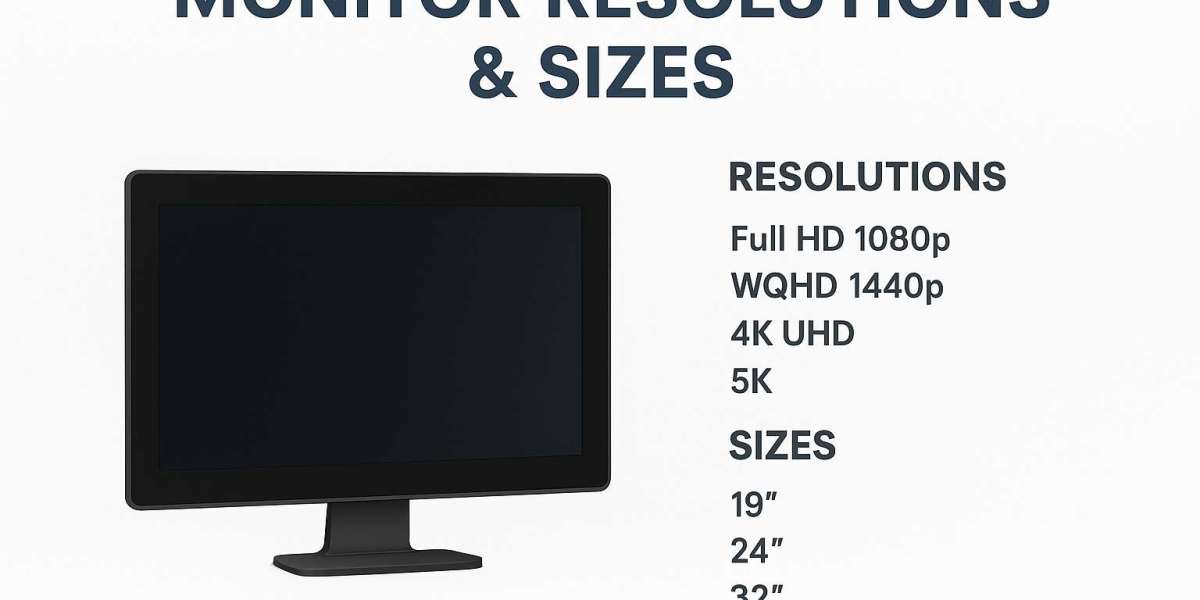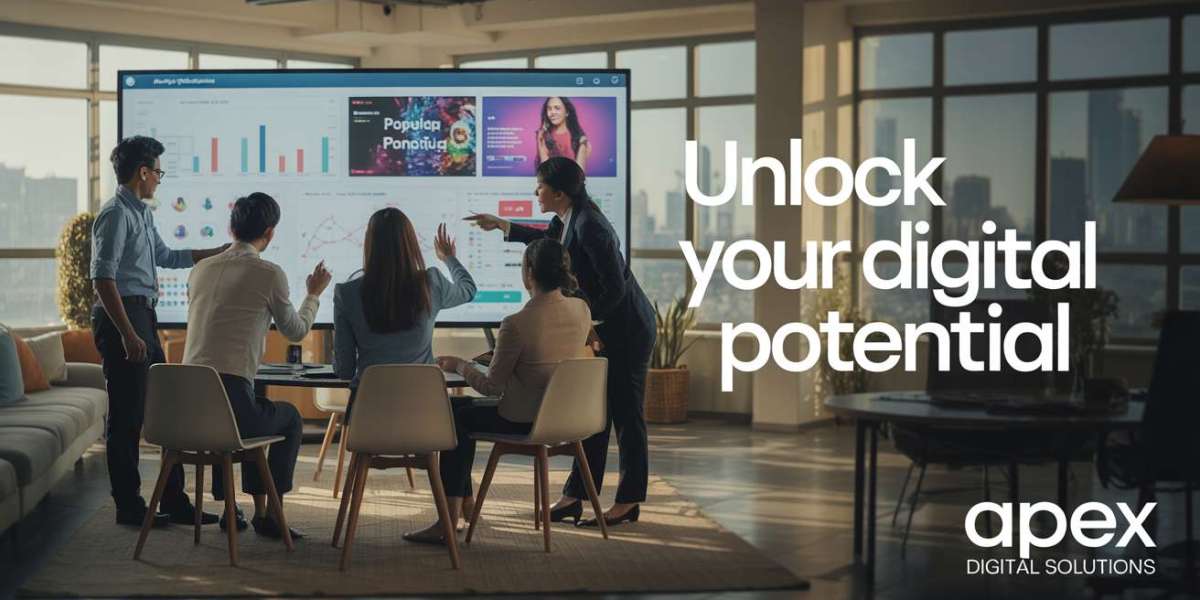In a world dominated by widescreen displays, the 16:10 aspect ratio has quietly re-emerged as a favorite among professionals, creators, and even casual users. Once overshadowed by the popular 16:9 format, 16:10 screens are finding their place again — not just in creative studios but also in coding environments, educational setups, and business workstations. But what makes this ratio special, and why is it gaining traction once more?
Understanding the 16:10 Aspect Ratio
The aspect ratio of a display defines the proportional relationship between its width and height. While 16:9 has long been the industry standard for entertainment and video playback, 16:10 provides slightly more vertical space — an advantage that may seem small on paper but makes a significant difference in real-world use.
A 16:10 screen offers 10% more vertical display area, giving users more room to view documents, code, spreadsheets, and design layouts without excessive scrolling.
Why 16:10 Matters for Professionals
For developers, designers, and data analysts, every pixel counts. The extra vertical space of 16:10 means:
- Better productivity: More lines of code or rows of data visible at once.
- Enhanced multitasking: Easier to stack windows side by side or view reference material while working.
- Improved ergonomics: Less scrolling and reduced eye strain during long work sessions.
Professionals who use software like Visual Studio Code, Adobe Creative Suite, or AutoCAD often appreciate the more balanced and natural field of view that 16:10 provides.
A Boost for Content Creators
Creative industries — such as video editing, 3D modeling, and digital illustration — also benefit from 16:10 displays.
While 16:9 is the standard for final video output, editors often prefer 16:10 for the expanded workspace it offers. The extra height makes it easier to navigate complex timelines, manage toolbars, and preview content simultaneously.
Photographers, too, find 16:10 useful for editing in applications like Lightroom or Photoshop, where the taller aspect ratio mirrors the native proportions of many camera sensors.
Coding and Development: The Real Game-Changer
For software engineers, web developers, and data scientists, 16:10 screens have become a quiet revolution. The added height allows for:
- Viewing longer code blocks without scrolling
- Running split views with documentation on one side and code on the other
- Improved debugging and terminal usage within a single visible frame
Laptop manufacturers have taken notice — many modern productivity-focused laptops (such as the Dell XPS, Lenovo ThinkPad, and MacBook series) now feature 16:10 displays as standard, optimizing them for professional workflows.
Cinematic Yet Practical
Interestingly, 16:10 still delivers an immersive experience for movies, streaming, and light gaming. Although most films are produced in 16:9 or wider cinematic ratios, the difference is minimal in visual experience. In fact, some users prefer 16:10’s versatility — a screen that can handle both entertainment and work without compromise.
The Future of 16:10 Displays
The resurgence of 16:10 represents a broader shift in how people use their screens. Users now demand balance — productivity, creativity, and comfort. Manufacturers are responding by reintroducing 16:10 panels across monitors, laptops, and even tablets.
With hybrid work on the rise, screens that optimize visibility, usability, and space efficiency are essential. 16:10 is no longer just a technical specification — it’s a productivity advantage.
Final Thoughts
From cinema to coding, the 16:10 aspect ratio delivers where it matters most — in visibility, usability, and workflow comfort. As users spend more time multitasking, creating, and collaborating, displays that enhance vertical space without compromising width will continue to shape the next generation of digital experiences.
Read More: https://tecsysproductguides.blogspot.com/2025/10/from-cinema-to-coding-where-1610.html



